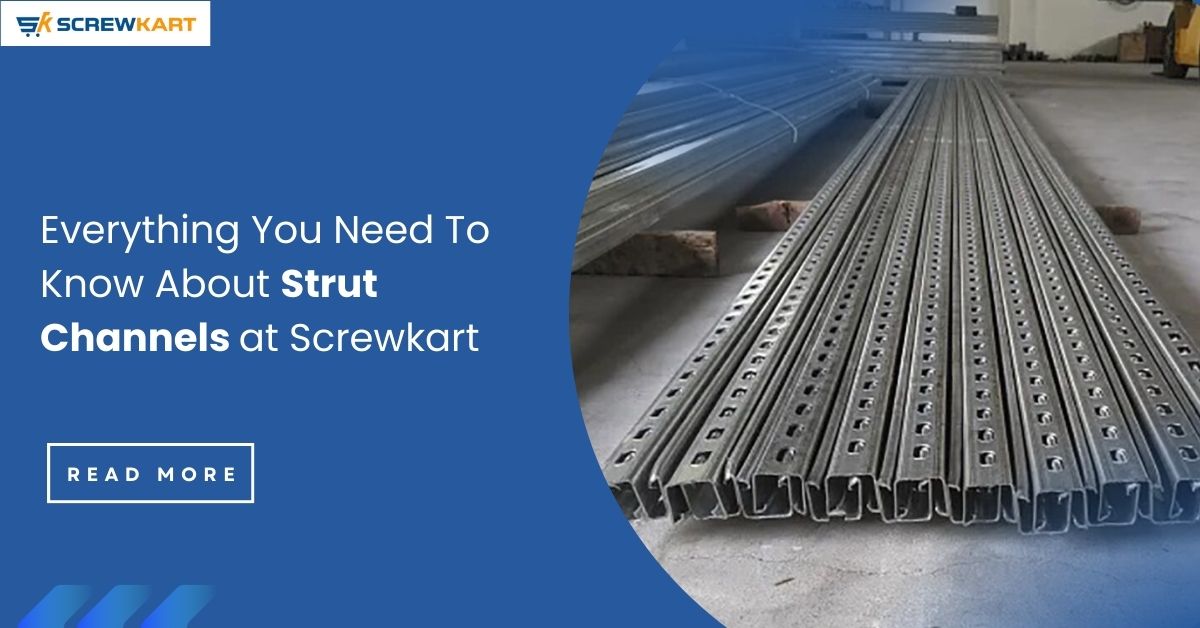Unistrut Channel Socket: A Complete Guide for Beginners

Strong 8k brings an ultra-HD IPTV experience to your living room and your pocket.
If you're new to construction, electrical work, or industrial installations, you might have heard about Unistrut channel sockets. These small but essential components play a big role in securing fittings within Unistrut channels. Whether you're a DIY enthusiast or a professional, understanding how they work can save you time and effort.
In this guide, we’ll cover everything you need to know about channel sockets, including their uses, types, installation tips, and where to buy them. Let’s dive in!
What is a Unistrut Channel Socket?
A Unistrut socket is a specialized fastener designed to fit into Unistrut channels (metal framing systems). It allows bolts, nuts, and other fittings to be securely attached, making it easier to assemble structures like:
Electrical conduits
HVAC systems
Pipe supports
Solar panel mounts
Industrial shelving
These sockets are known for their durability and ease of use, making them a favorite among contractors and engineers.
Types of Unistrut Channel Sockets
Not all Unistrut channel sockets are the same. Depending on your project, you may need different types, such as:
1. Spring Nuts
Fit inside the channel and lock into place with spring tension.
Ideal for quick installations.
Commonly used for lightweight applications.
2. Square Plugs
Made of solid metal for heavy-duty support.
Require a bolt to secure them in place.
Best for high-load structures.
3. Sliding T-Nuts
Adjustable within the channel for flexible positioning.
Often used in modular setups.
Choosing the right type depends on your project’s weight requirements and installation speed.
Why Use a Unistrut Socket?
Using a channel socket offers several advantages:
✔ Strong & Secure – Prevents bolts from loosening due to vibrations.
✔ Easy Installation – No welding or drilling required.
✔ Adjustable – Can be repositioned as needed.
✔ Versatile – Works with different Unistrut sizes.
Without these sockets, attaching fixtures to Unistrut channels would be much harder.
How to Install a Unistrut Channel Socket
Installing a Unistrut socket is simple if you follow these steps:
Step 1: Select the Right Socket
Check your Unistrut channel size (P1000, P2000, etc.).
Choose a socket that matches the load requirements.
Step 2: Insert the Socket
For spring nuts, compress and slide into the channel.
For square plugs, drop them in and tighten with a bolt.
Step 3: Secure the Fixture
Place your bracket or fitting over the socket.
Insert the bolt and tighten with a wrench.
Pro Tip: Always double-check alignment before tightening to avoid misplacement.
Common Applications of Unistrut Sockets
These sockets are used in various industries, including:
Electrical Work – Mounting conduits and junction boxes.
Plumbing – Supporting pipes and valves.
HVAC Systems – Securing ductwork and vents.
Solar Panel Mounting – Providing a stable base for solar racks.
Where to Buy Quality Unistrut Channel Sockets?
If you're looking for reliable Unistrut channel sockets, consider shopping at Screwkart. They offer a wide range of high-quality fasteners, including:
✔ Durable spring nuts
✔ Heavy-duty square plugs
✔ Adjustable T-nuts
Screwkart ensures premium products at competitive prices, making them a trusted choice for professionals.
FAQs About Unistrut Sockets
1. Can I reuse a Unistrut socket?
Yes! Most sockets can be removed and repositioned multiple times.
2. What size bolt fits a Unistrut socket?
Typically, ⅜” or ½” bolts are used, but check your socket specifications.
3. Are Unistrut sockets rust-resistant?
Many come with zinc or galvanized coatings for corrosion resistance.
Note: IndiBlogHub features both user-submitted and editorial content. We do not verify third-party contributions. Read our Disclaimer and Privacy Policyfor details.





